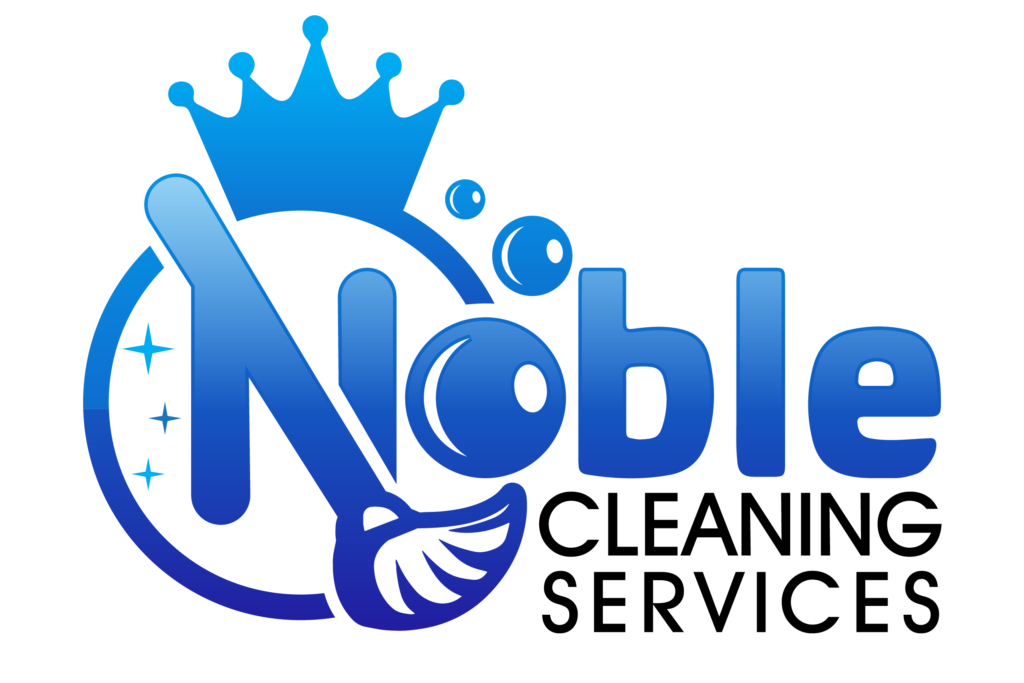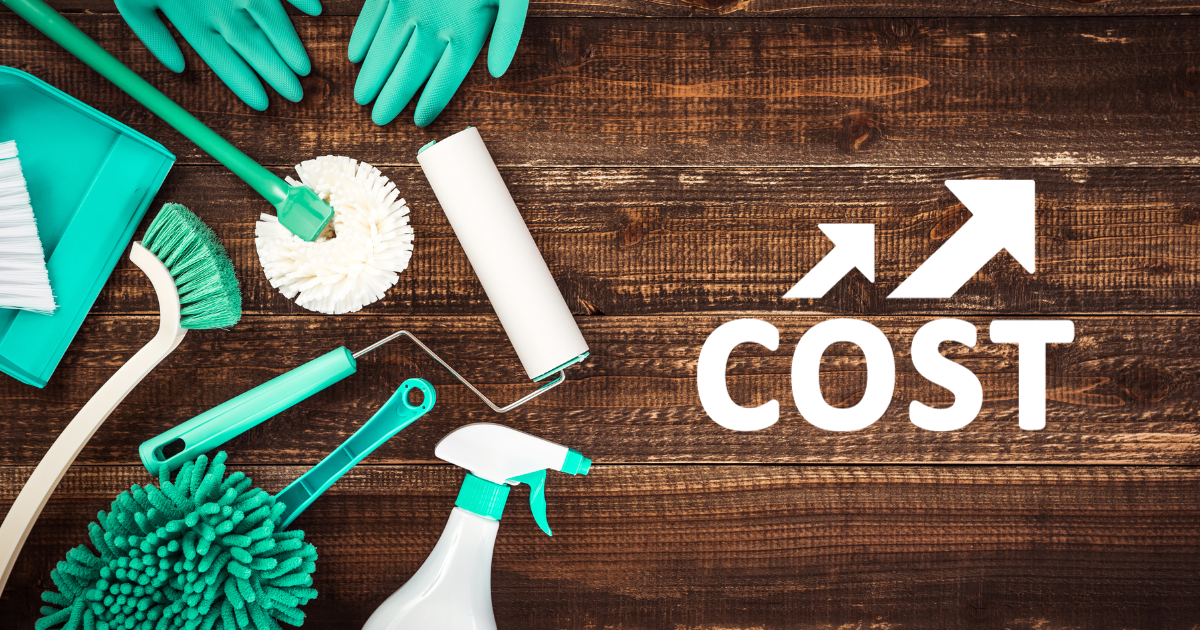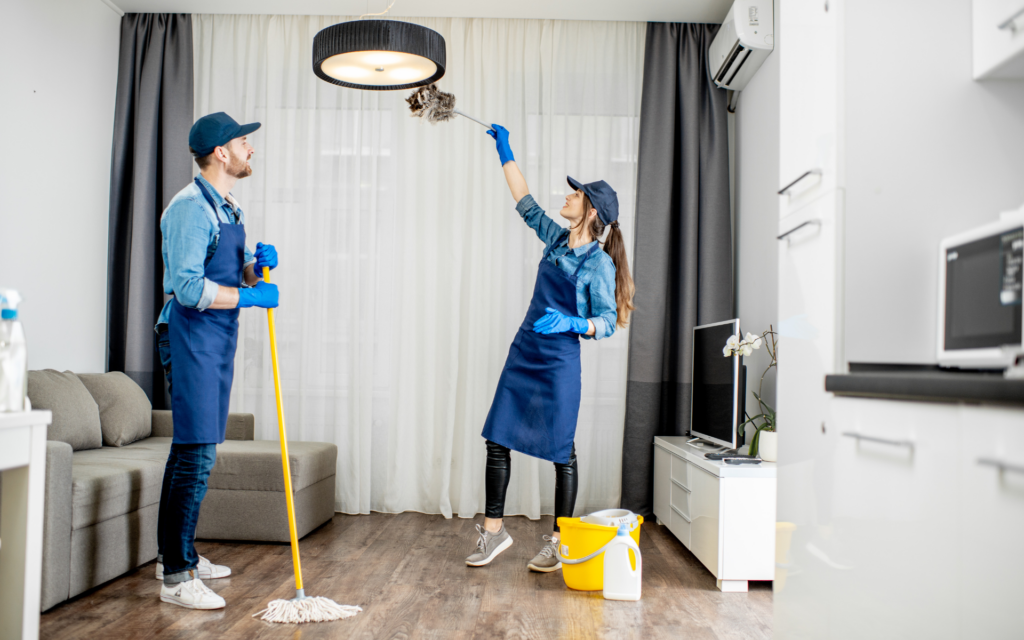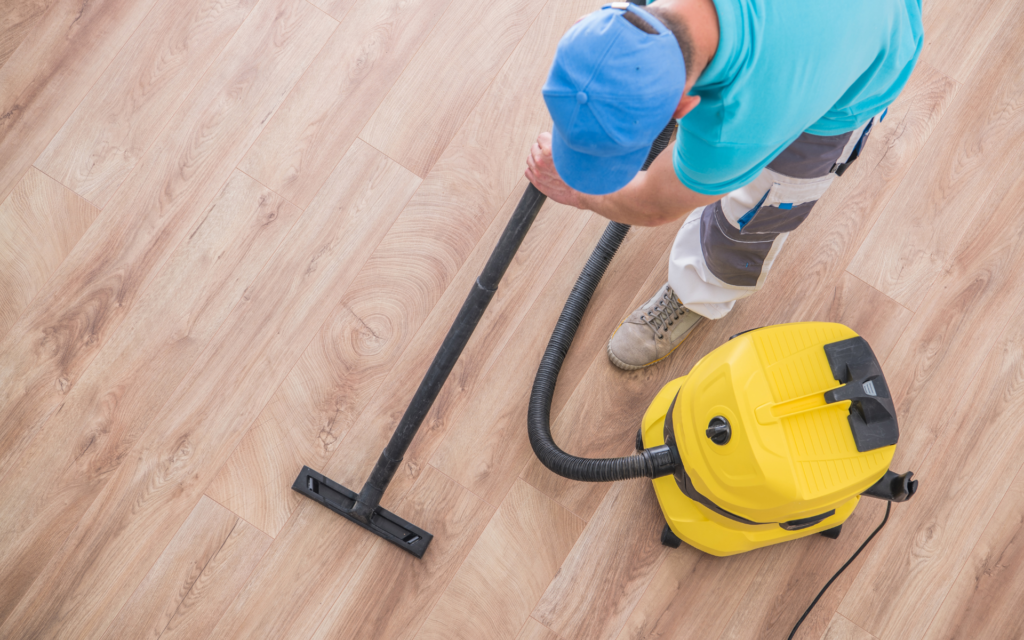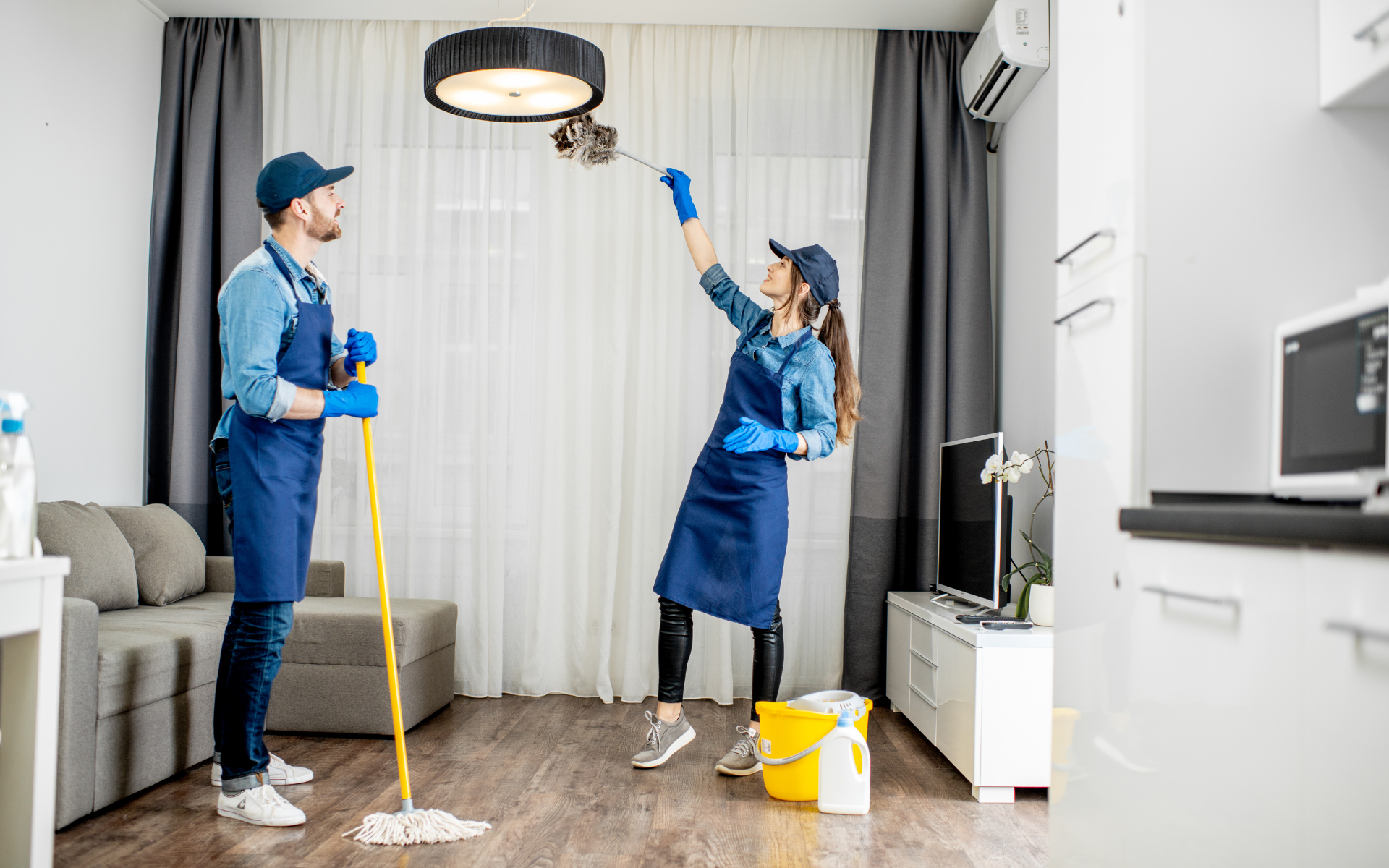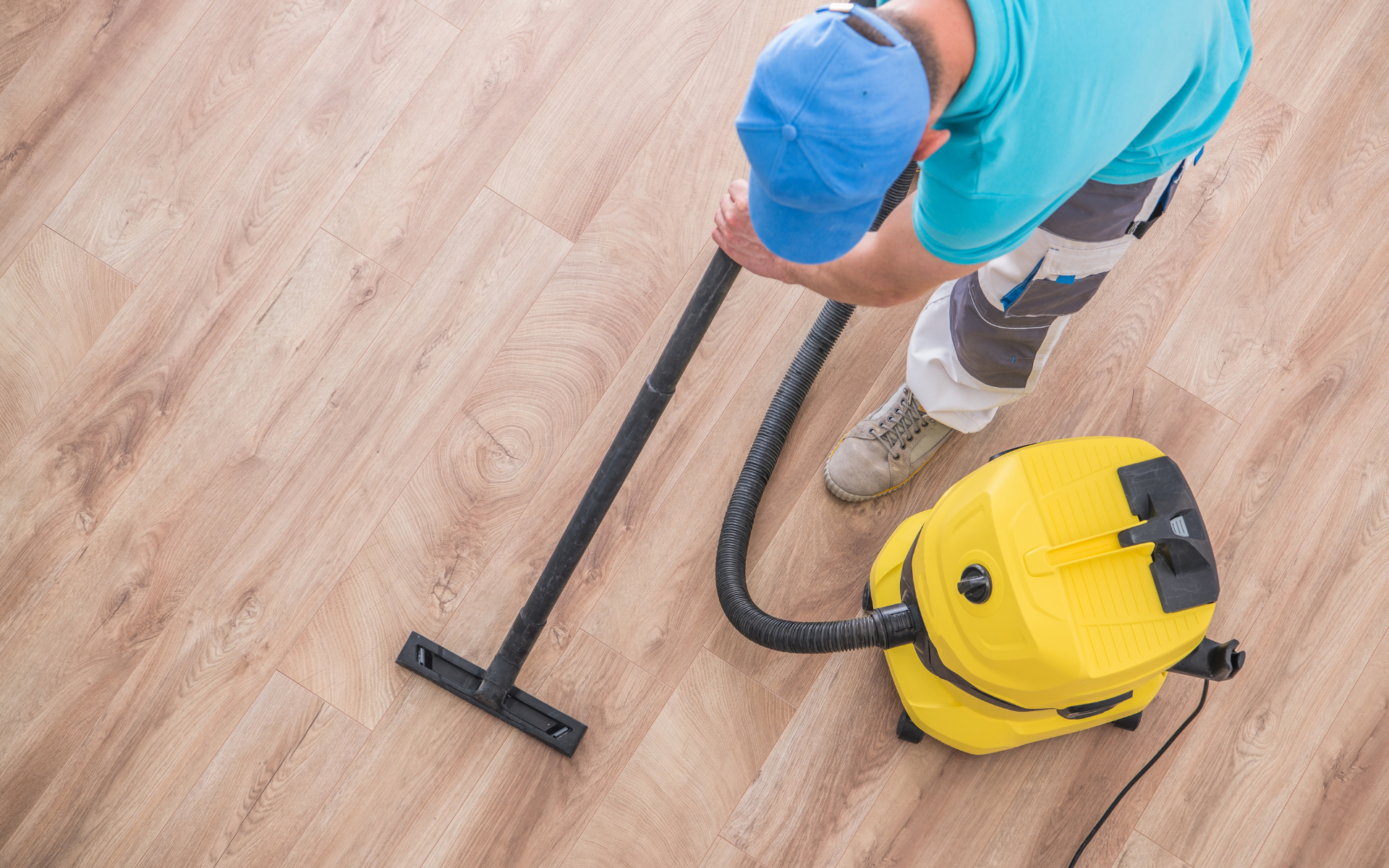According to the Bureau of Labor Statistics (BLS), the median hourly wage for U.S. maids and housekeepers was $13.02 in May 2020. Their wages have been rising faster than inflation, going up 29% over the past decade compared to 20% inflation over the same period. The BLS projects wages for cleaning occupations will continue growing at a nearly double-digit pace over the next decade.
House cleaning services have seen steady price increases in recent years. As inflation continues to drive up wages and the cost of living, professional house cleaners have had to raise their rates to keep pace. In 2024, what can you expect to pay for house cleaning? Let’s take a look at the latest statistics and trends.
With higher labor costs, cleaning companies have to charge customers more. HomeAdvisor reports the average national cost of a professional house cleaning in 2023 was $167. HomeAdvisor expects cleaning rates to increase 5-15% in 2024 to keep up with rising worker wages and other business expenses. Using the lower end of that estimate, the average cost could reach around $175 for 2024. However, costs vary significantly depending on your location and the size of your home.
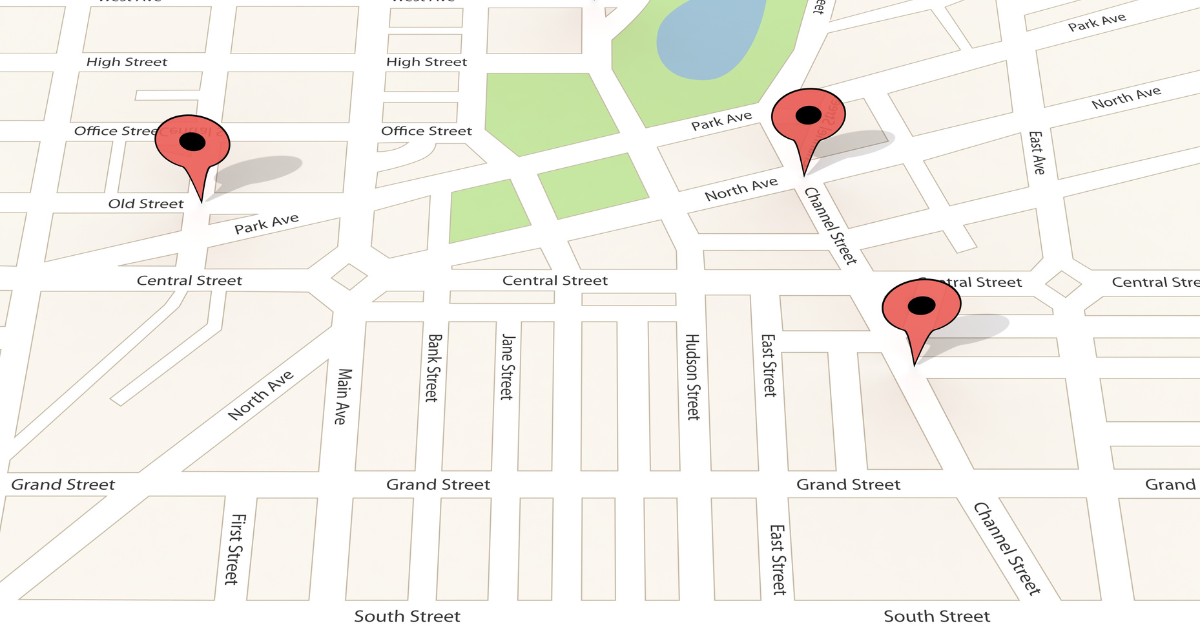
Location Matters
Like real estate values, house cleaning rates can swing wildly between geographic regions based on local labor costs and demand. At the high end, residents of metro areas like San Francisco and New York City may pay upwards of $250 or more for a single professional house cleaning. In lower-cost rural regions, it may only run $100 or less.
According to HomeAdvisor, these were the 5 most expensive metro regions for house cleaning services in 2023:
- San Francisco, CA – $234 average cleaning cost
- New York City, NY – $218 average cleaning cost
- Boston, MA/Manchester, NH – $192 average cleaning cost
- Los Angeles, CA – $187 average cleaning cost
- Seattle, WA – $177 average cleaning cost
Meanwhile, these 5 metro areas had the lowest cleaning rates:
- El Paso, TX – $115 average cleaning cost
- Wichita, KS – $117 average cleaning cost
- Tucson, AZ – $126 average cleaning cost
- Oklahoma City, OK – $127 average cleaning cost
- Tulsa, OK – $136 average cleaning cost
So while the national average hovers around $175, house cleaners in San Francisco may charge over $250 per cleaning while Oklahoma City cleaners average closer to $130. Geographic differences in labor costs and competition drive this disparity in prices.

House Size Matters Too
In addition to where you live, the size of your home also drastically affects the cost of professional cleaning services. Cleaning a studio apartment takes far less time and labor than a 4-bedroom house.
According to HomeAdvisor, here are the average house cleaning rates in 2023 based on square footage:
- 500 sq ft apartment – $114 cleaning cost
- 1,000 sq ft apartment – $137 cleaning cost
- 1,500 sq ft house – $167 cleaning cost
- 2,000 sq ft house – $187 cleaning cost
- 2,500 sq ft house – $217 cleaning cost
- 3,000+ sq ft house – $247+ cleaning cost
While house sizes and rates will rise in 2024, the price variance above gives a rough estimate of how much size impacts pricing. Going from a 500 square foot studio to a 3,000 sq ft home more than doubles the cleaning rates.
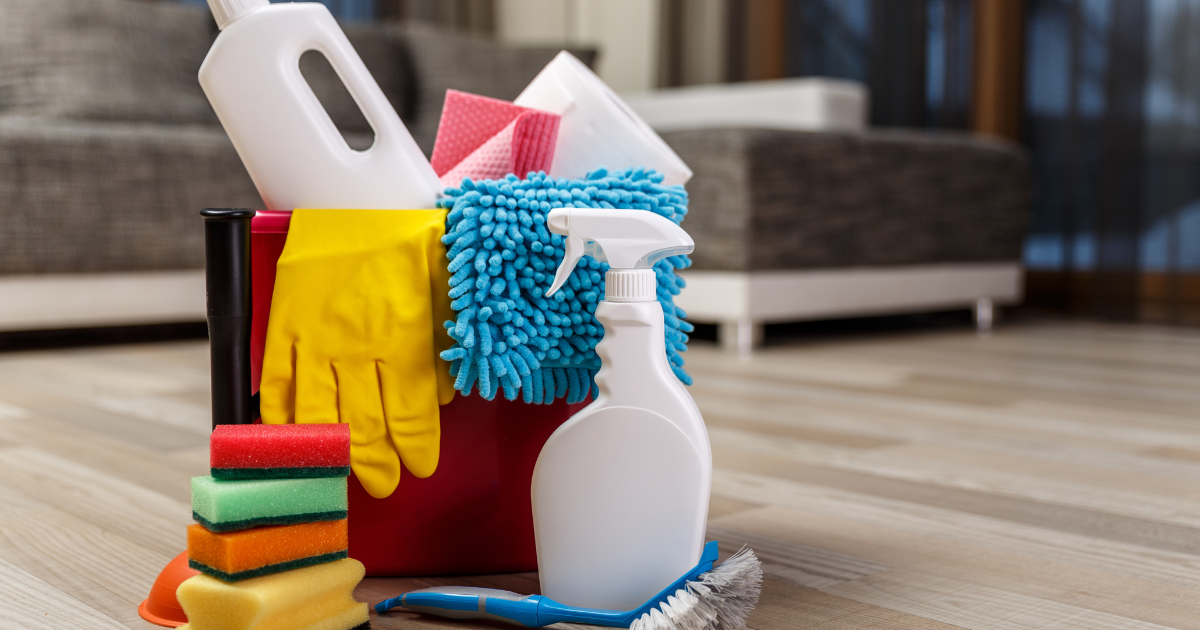
More Services = Higher Costs
The base rate for a basic house cleaning generally includes tasks like:
- Vacuuming floors
- Mopping floors
- Dusting surfaces
- Cleaning bathrooms
- Making beds
- Cleaning the kitchen
You’ll pay more if you want cleaning services beyond the basics above, such as:
- Interior window cleaning
- Interior wall washing
- Cleaning appliances inside and out
- Cleaning out garages or basements
- Post-construction clean up
- Move-in/Move-out deep cleaning
So when comparing rates, make sure you understand what’s included in the base pricing and what’s considered an add-on service.
DIY Cleaning Costs in 2024
If paying a professional cleaner seems too costly, what are the financial savings from doing it yourself? Well, you essentially substitute money for your precious time and labor. The main costs involve cleaning supplies and equipment. Let’s break down the numbers.
According to Consumer Reports, if you were to purchase all new cleaning tools and supplies to stock up on everything recommended for DIY home cleaning, you would spend around $175 initially. These items should last you 6 months to a year before needing replacement.
Every month, you may spend around $30 to restock consumable cleaning supplies like sponges, rags, paper towels, detergents, brushes, gloves, etc. Add the amortized cost of cleaning equipment replacements, and your monthly DIY cleaning supplies budget would be approximately $40-50.
The bigger cost consideration is the actual labor time spent cleaning. If you value your free time at just $10 per hour (very low), and it takes you 8 hours per month to clean your home to a professional-grade standard, then you’re effectively paying $80 of the monthly opportunity cost to clean it yourself.
Add that to the $40-50 in supplies, and your total monthly cost for DIY cleaning ranges from $120 to $130. Over a full year that would equal $1,440 to $1,560 – far more than the $175 per month a professional cleaning would cost for a typical home.
Of course, you may clean slower or faster than the estimates provided. But when weighing DIY vs professional cleaning services, make sure to account for the value of your time spent laboring away!
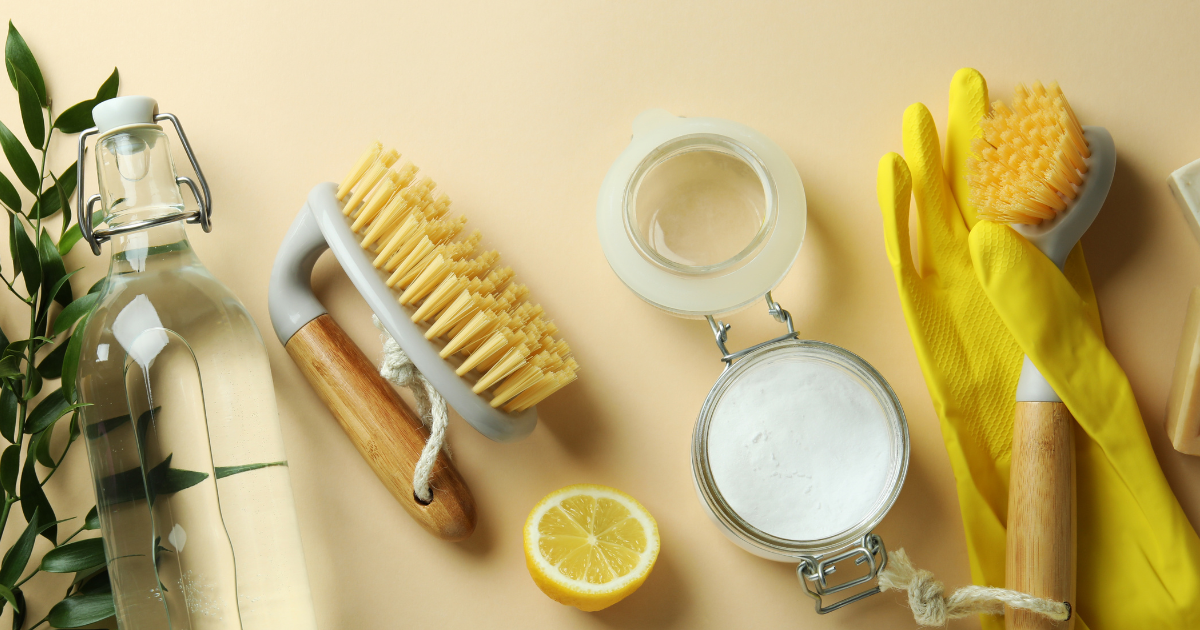
Sustainable Cleaning Practices
Eco-friendly cleaning supplies and practices are a growing trend. Green cleaning provides a healthier indoor environment for residents while also having less environmental impact from the products used.
According to Allied Market Research, the global green cleaning market size already reached $30 billion in 2020. They estimate the industry will grow at over 8% annually, hitting $55 billion by 2028 as product availability expands and more consumers demand sustainable cleaning options.
As consumers become more aware of the toxins in many conventional cleaning supplies, they’re seeking out safer bio-based solutions. Look for plant and mineral-based ingredients like citric acid, baking soda, vinegar, plant oils, and enzymes instead of toxic formulas with ammonia, bleach, phosphates, sulfates, formaldehyde, and artificial fragrances. Reusable microfiber cloths and mops also reduce waste compared to traditional single-use sponges, wipes, and paper towels.
When hiring a professional cleaning company, be sure to ask about their environmental practices too. Many maid services now offer green cleaning options using eco-certified supplies and HEPA-filter vacuums to provide the deepest, healthiest clean.
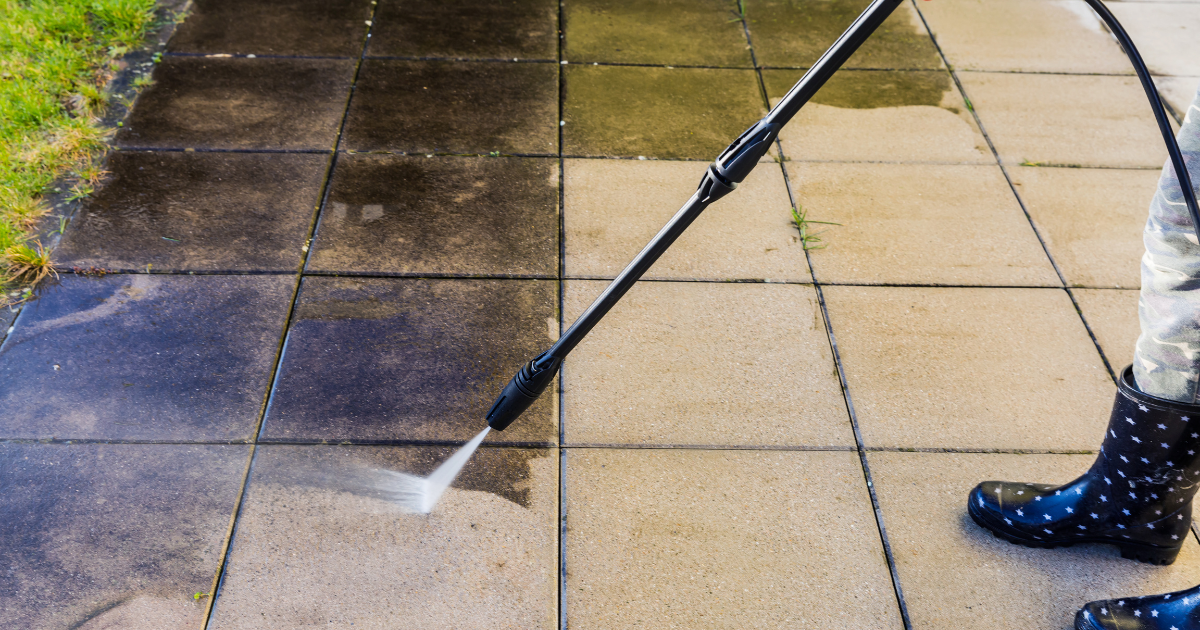
Outlook for House Cleaning Industry Growth
Despite economic uncertainty, the house cleaning industry remains on a steady growth trajectory looking ahead. As millennials move into their prime spending years, younger generations prove more willing to pay for cleaning services to free up valuable personal time.
According to IBISWorld research, the house cleaning and maid service industry grew at nearly double the overall economy over the past 5 years. They forecast continued growth, with revenues rising an average of 2.6% annually over the next few years.
With so many underserved geographic regions still offering room for expansion, cleaning franchises continue growing their national footprints. Launching newer technologies like online booking and smarter sensors for appliance cleaning, the industry constantly increases convenience and customization too.
No matter your circumstances or mess tolerance levels, professional help keeps your home cleaner and healthier. And as our free time feels harder to come by, the cost trade-off makes increasing sense for more households today.
